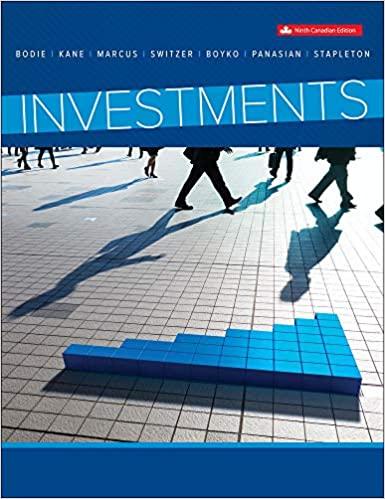Answered step by step
Verified Expert Solution
Question
1 Approved Answer
Q 1 CASE STUDY Kellogg's Indian Experience: A Failed Launch In April 1 9 9 5 , Kellogg India Ltd . ( Kellogg ) received
Q CASE STUDY
Kellogg's Indian Experience: A Failed Launch
In April Kellogg India LtdKellogg received unsettling reports of a gradual drop in sales from its distributors in Mumbai. There was a decline in countrywide sales since March the month Kellogg products had been made available nationally.
Kellogg was the whollyowned Indian subsidiary of the Kellogg Company based in Battle Creek, Michigan. Kellogg Company was the world's leading producer of cereals and convenience foods, including cookies, crackers, cereal bars, frozen waffles, meat alternatives, piecrusts, and ice cream cones. Founded in Kellogg Company had manufacturing facilities in countries and marketed its products in more than countries. The company's turnover in was $ billion. Kellogg Company had set up its th manufacturing facility in India, with a total investment of $ million. The Indian market held great significance for the Kellogg Company because its US sales were stagnating and only regular price increases had helped boost the revenues in the s
Launched in September Kellogg's initial offerings in India included cornflakes, wheat flakes and Basmati rice flakes. Despite offering good quality products and being supported by the technical, managerial and financial resources of its parent, Kellogg's products failed in the Indian market. Even a highprofile launch backed by hectic media activity failed to make an impact in the marketplace. Meanwhile, negative media coverage regarding the products increased, as more and more consumers were reportedly rejecting the taste. There were complaints that the products were not available in many cities. According to analysts, out of every packets sold, only two were being bought by regular customers; with the rest being firsttime buyers. Converting these experimenters into regular buyers had become a major problem for the company. By September, sales had virtually stagnated. Marketing experts pointed out various mistakes that Kellogg had committed and it was being increasingly felt that the company would find it extremely difficult to sustain itself in the Indian market.
The Mistakes
Kellogg realized that it was going to be tough to get the Indian consumers to accept its products. Kellogg banked heavily on the quality of its crispy flakes. But pouring hot milk on the flakes made them soggy. Indians always boiled their milk unlike in the West and consumed it warm or lukewarm. They also liked to add sugar to their milk. When Kellogg flakes were put in hot milk, they became soggy and did not taste good. If one tried having it with cold milk, it was not sweet enough because the sugar did not dissolve easily in cold milk. The rice and wheat versions did not do well. In fact, some consumers even referred to the rice flakes as rice corn flakes.
In early defending the company's products, Managing Director Avronsart said, "True, some people will not like the way it tastes in hot milk. And not all consumers will want to have it with cold milk. But over a period of time, we expect consumer habits to change. Kellogg is a past master at the art, having fought and won against croissantandcoffee in France, biscuits in Italy and noodles in Korea."
A typical, average middleclass Indian family did not have breakfast on a regular basis like their Western counterparts. Those who did have breakfast, consumed milk, biscuits, bread, butter, jam or local food preparations like idlis, parathas etc. According to analysts, a major reason for Kellogg's failure was the fact that the taste of its products did not suit Indian breakfast habits. Kellogg sources were however quick to assert that the company was not trying to change these habits; the idea was only to launch its products on the health platform and make consumers see the benefit of this healthier alternative.
QAAccording to the case the main reason for Kelloggs failure in Indian was that the taste did not suit Indians. Do you agree to this? Give reasons.
QB Discuss other factors that you think could have contributed to Kelloggs failure in Indian
QCWhat role do you think effective marketing research could have played in preventing this failure
Step by Step Solution
There are 3 Steps involved in it
Step: 1

Get Instant Access to Expert-Tailored Solutions
See step-by-step solutions with expert insights and AI powered tools for academic success
Step: 2

Step: 3

Ace Your Homework with AI
Get the answers you need in no time with our AI-driven, step-by-step assistance
Get Started


